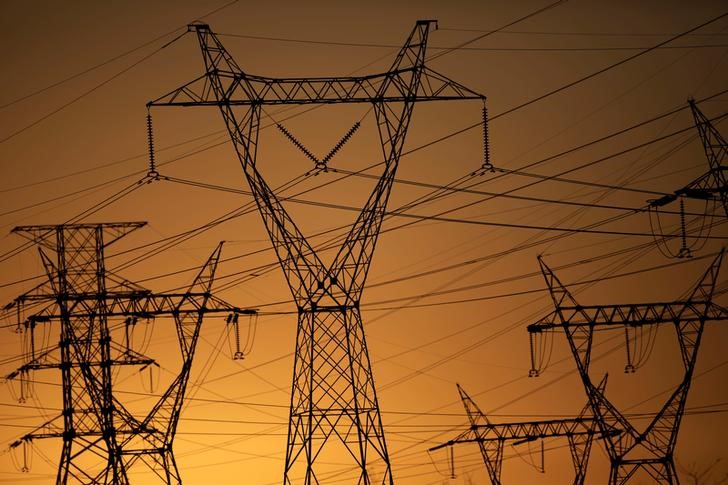[ad_1]

© Reuters.
By Sam Boughedda
First Solar (NASDAQ:) was upgraded to Equal Weight from Underweight, with its price target raised 82% from $89 per share to $162 per share by Barclays analysts on Tuesday.
The analysts said in a note to clients that demand for domestically-manufactured products supports First Solar’s pricing power while its “almost sold-out status through 2026 kicks the concern about potential ASP deterioration down the road.”
“There was a lot of focus on the bookings numbers going into earnings as the number would give the market an indication of what impact IRA was having on FSLR discussions – would bookings slow down or ASPs start to come down as customers factored in a potential buildout of US manufacturing in the US and/or want to share in FSLR’s manufacturing credits? Or would customers pay up and book further out to ensure domestically manufactured supply? Short answer: it was the latter with FSLR almost selling out an additional 2 years to 2025 even with the 3.5 GW of additional capacity that was announced subsequent to the 2Q22 call, while average ASPs rose a penny and a half for the 16.6 GW of bookings,” the analysts explained.
They added that the firm’s main takeaway from this quarter was that demand for vertically integrated US-manufactured modules is much stronger than they expected, driven by customer demand for products that will enable them to benefit from the 10% domestic content adder.
“We think there will continue to be puts and takes that could take the stock in either direction, which an Equal Weight rating better reflects. Potential upside: 1) module assembly in the US doesn’t qualify for domestic content; 2) additional facilities in the US which would generate incremental tax credits; 3) Europe’s potential implementation of the equivalent of UFLPA, among other,” added Cho. “Potential downside: 1) module assembly does qualify for domestic content, which may push FSLR to have to share credits, as we estimate 7-8 GW of module capacity (ex-FSLR) in the US next year; 2) FSLR not being eligible to benefit from the wafer credit; 3) slower than expected start-ups for the 3 facilities that are slated to come on between 2023 and 2025.”
[ad_2]
Source link








